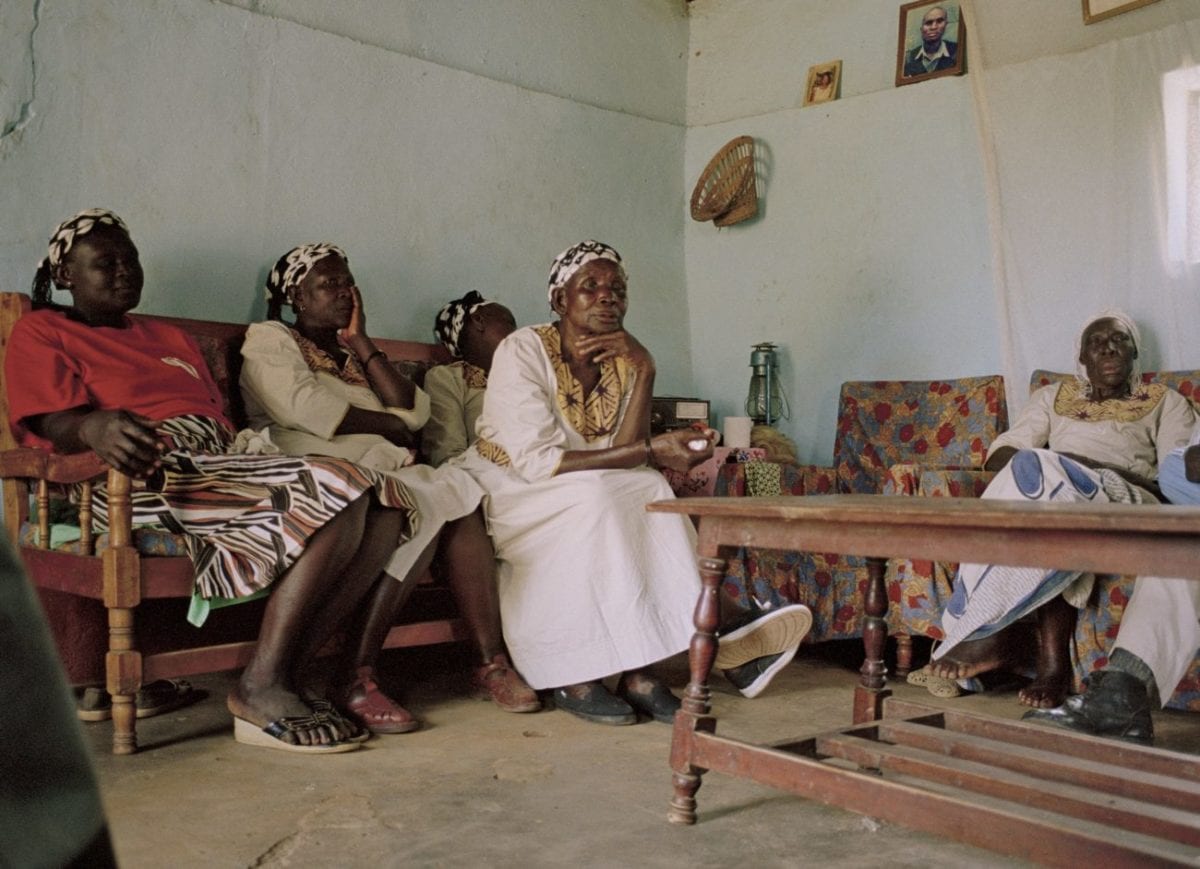
Debuted in Düsseldorf in the late Eighties, a period during which he tries to fight the rise of neo-nazi movements with music under the colours of Deux Baleines Blanches, Stefan Schneider‘s work then voyaged way beyond the mere ‘anarchic music actionism’ of PUNT magazine – founded alongside Andreas Reihse.
This has been the springboard to the infamous Kreidler formed alongside Thomas Klein, Detlef Weinrich – aka Tolouse Low Trax, and Andreas Reihse, as Schneider multiplies side-projects such as To Rococo Rot with the Lippok brothers (until 2014), continuing on his search for new sonic paths as Mapstation and more recently giving birth to a collaboration with Roedelius on Bureau B.
A few months ago, I had the chance to get to know Stefan on the occasion of his concert in Milan for Electropark Exchanges alongside Hans-Joachim Roedelius. Right before the show, while we were having an espresso, the German producer shared his amazing experience in Africa with drummer and percussionist Sven Kacirek – more precisely their trip to Kenya, which left him overwhelmed by the power and beauty of the local culture, eventually leading them to collaborate with the mighty female-fronted Ogoya & The Dodo Women’s Group, recording and producing two albums: ‘Rang’ala’ (Honest Jon’s) and ‘On Mande’ (TAL).
After attending their concert at Kiezsalon in Berlin, part of their latest European tour, I caught up with Stefan to get a deeper insight into his musical exploration of the Dark Continent, his meeting with Ogoya and the female-centred ‘Dodo’ genre, as he lifts the veil on his decision to set up his own label TAL and discusses his background as a photographer.
Words by Vittoria de Franchis Pictures by Stefan Schneider
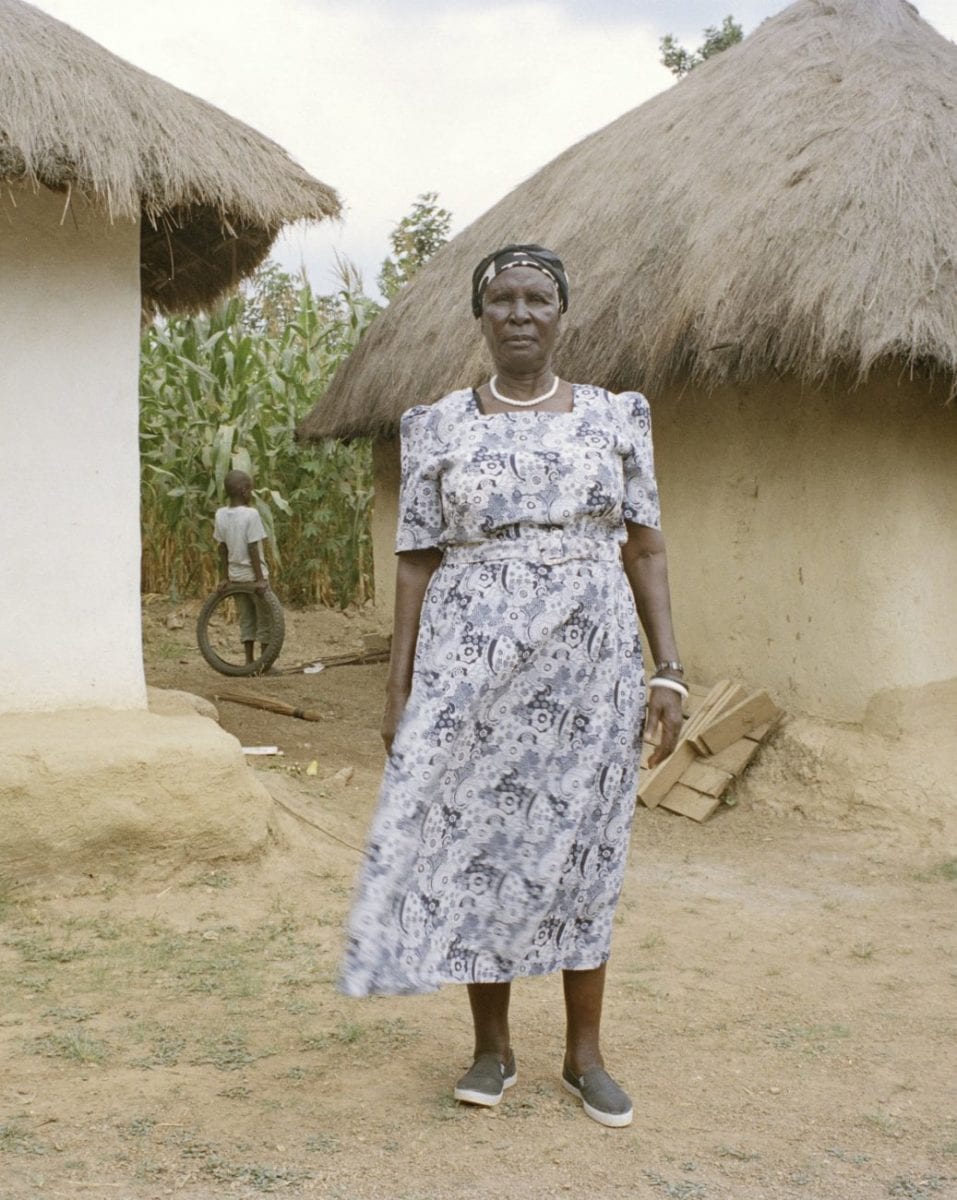
"The climate at the village was very hot and humid and we were also suffering a bit from the side effects of Malaria prophylaxis. But every time we would be working with these fantastic musicians we would totally forget about all those difficulties"
How did you end up in Kenya with Sven Kacirek back in 2013? What brought you to Rang’ala?
Sven and myself had been invited by the Goethe Institut Nairobi in 2011 to do a music recording project in Malindi which is geographically located on the Kenyan coast, about 150km north of Mombasa. From a previous trip to Kenya (I guess in 2009) Sven knew about a group of musicians from there, lead by master drummer and healer Mwatela Swahil. For the recording session the group consisted of about 10 musicians.
We did spend about one week at their village to work on the recordings. Our technical setup was quite limited but also effective. We knew in beforehand that there is no electricity at the village, so all our equipment was battery-driven plus we had some great dynamic microphones – Sennheiser, Shure…
It was my first ever time in Africa and I was so much longing for this visit. The climate at the village was very hot and humid and we were also suffering a bit from the side effects of Malaria prophylaxis. But every time we would be working with these fantastic musicians we would totally forget about all those difficulties.
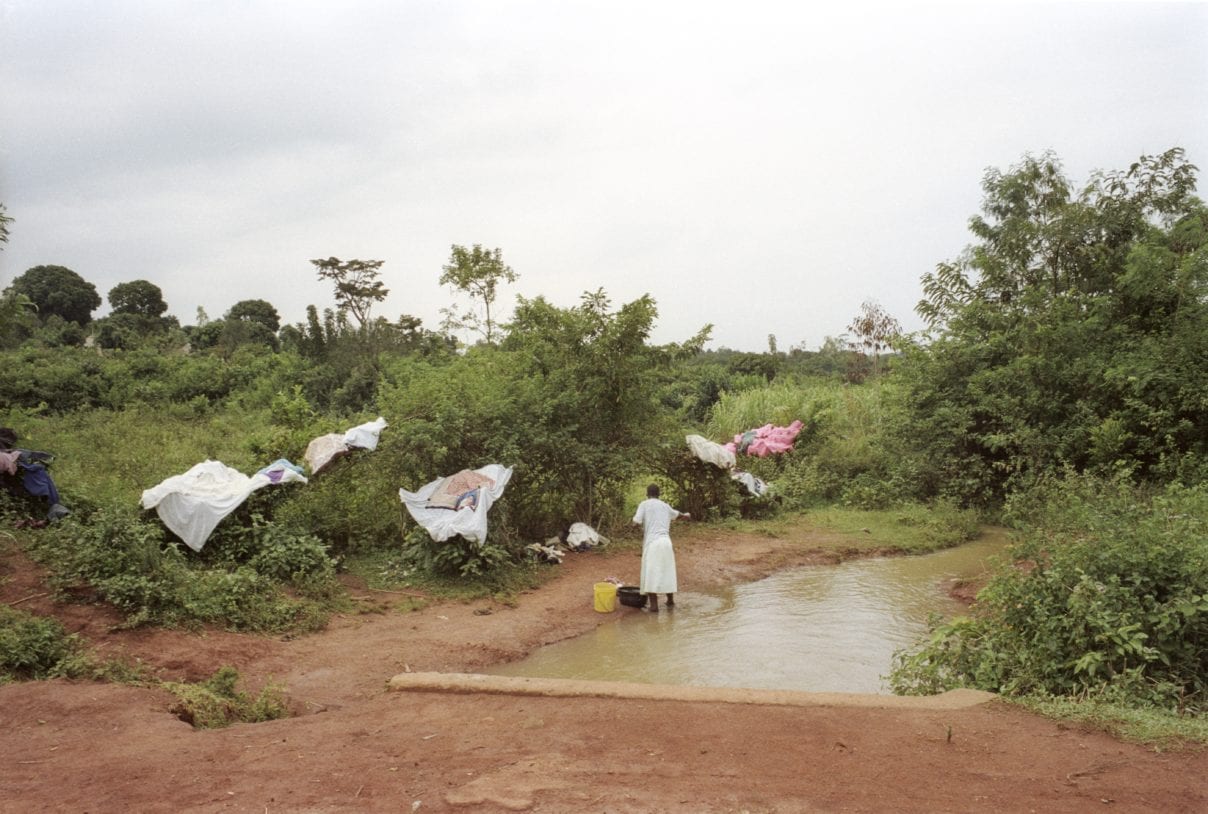
"I was totally amazed by her voice when I heard her speaking. Very warm but with a certain depth and strength. We layed down ten or twelve songs on that day"
‘Rang’ala’ is the first album by Ogoya & The Dodo’s Women Group, released two years ago on Honest Jon’s. When was the first time you’ve heard Ogoya Nengo singing and how did you start working with her?
Sven already knew her through a recording session for his album ‘The Kenya Session‘ which he released on Pingipung, a label from Hamburg. I guess it was Tabu Sousa, a music producer from Nairobi who introduced her to Sven. I met Ogoya in 2013 the day we actually did the first recording session for ‘Rang’ala‘. The portrait of her on the front sleeve of ‘Rang’ala‘ was done on the first day of the recording right behind her house where we set up microphones… etc.
I was totally amazed by her voice as soon as I heard her speaking. Very warm but with a certain depth and strength. We laid down ten or twelve songs on that day. Just her solo, no other musicians. On the second and third day there were more musicians involved.
What are the main characteristics of this particular local genre called ‘Dodo’ and what struck you the first time you heard it? Did you also have the chance of discovering other kinds of traditional African folk music?
You’ll have to consider that Ogoya is a Luo, who are in fact the third biggest community in Kenya. They speak Dholuo, a language that has not much in common with other spoken languages (about nearly 50) in Kenya.
The Luo have a rich and diverse music culture which is very much reflected in the everyday life of the people. Although Dodo is considered a style of “traditional folk music” it is still being practiced a lot today in many rural regions. The characteristics of Dodo are that it is a vocal style which is only sung by women. A kind of call and response a capella style with a lead singer and a choir who usually consists of three to five women.
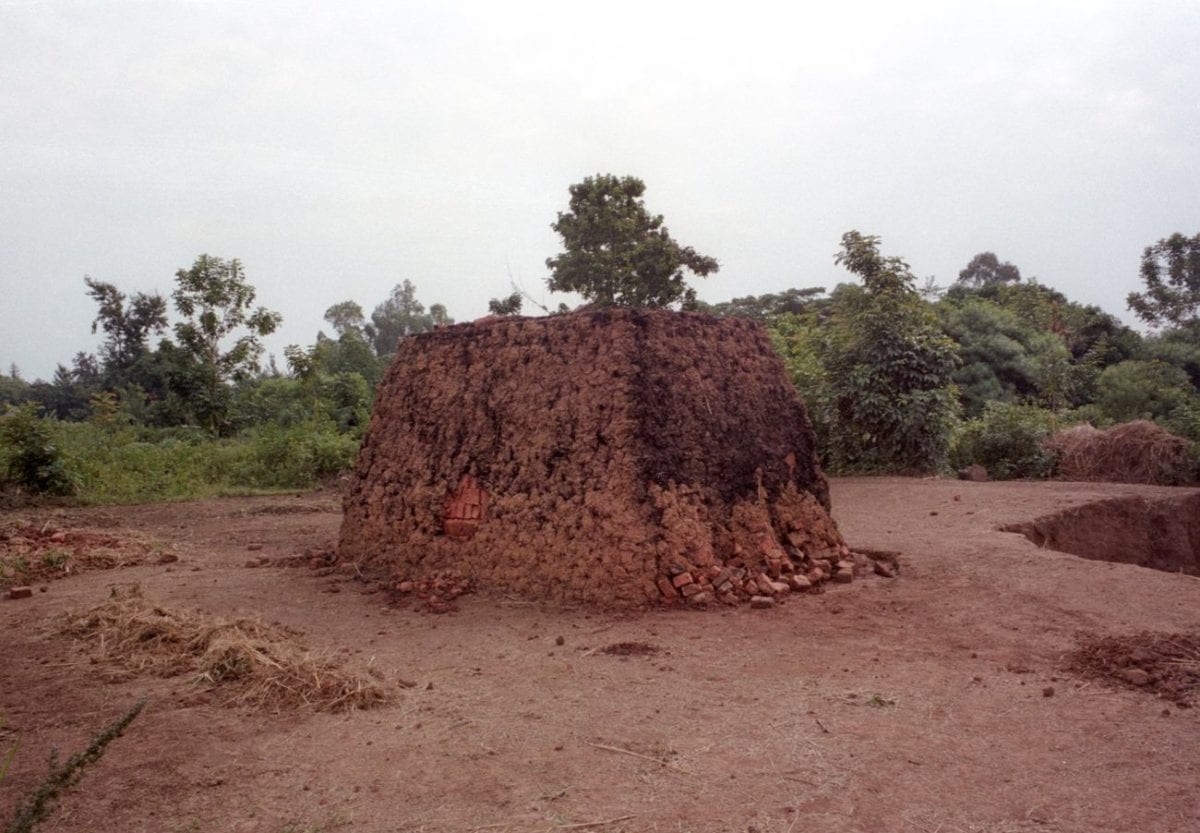
"In that region of Kenya there are hardly any foreigners and Europeans. So everybody in the neighbourhood knows that there are two Mozungos (White people) who are interested in music from this region"
During performances, people in the audience heckle the band by shouting and commenting the lyrics. When we heard Ogoya singing for the first time ever, I was totally blown away by the music and the sheer energy of the female choir Ogoya was singing together with. I could not believe how good the music was.
Basically they knocked out one masterpiece after the other. One year later, in 2014, we spent some more time in the region of Siaya to study other styles of Luo music, such as Ohangla, Maranga (which is the male equivalent to Dodo). We recorded a lot of different musicians within ten days.
We drove small motorcycles from one village to the other. We felt very proud and gifted that we were in a position to just be there and be able to be doing this. In that region of Kenya there are hardly any foreigners and Europeans. So everybody in the neighbourhood knows that there are two Mozungos (White people) who are interested in music from this region.
‘On Mande’ is the second album by Ogoya & The Dodo Women’s Group, which will be released on your new label TAL. When did you go back to Kenya? What are the differences with the first LP?
It was recorded only last December on the premises of Ogoya’s house in Rang’ala Village.
We knew that Planet Rock, a great booking agency from Berlin (that also does bookings for Konono No.1 or Hailu Mergia) was keen to bring her over to Europe for the third time. ‘Rang’ala‘ gained a certain low-key popularity and the concerts of Ogoya’s first tour in winter 2014 went surprisingly well, although hardly anyone over here knew about her music.
‘On Mande‘ is a little more accomplished than its predecessor and presents a richer instrumentation than ‘Rang’ala‘. The band was interested in introducing more instruments which was what they experimented on stage while touring Europe.
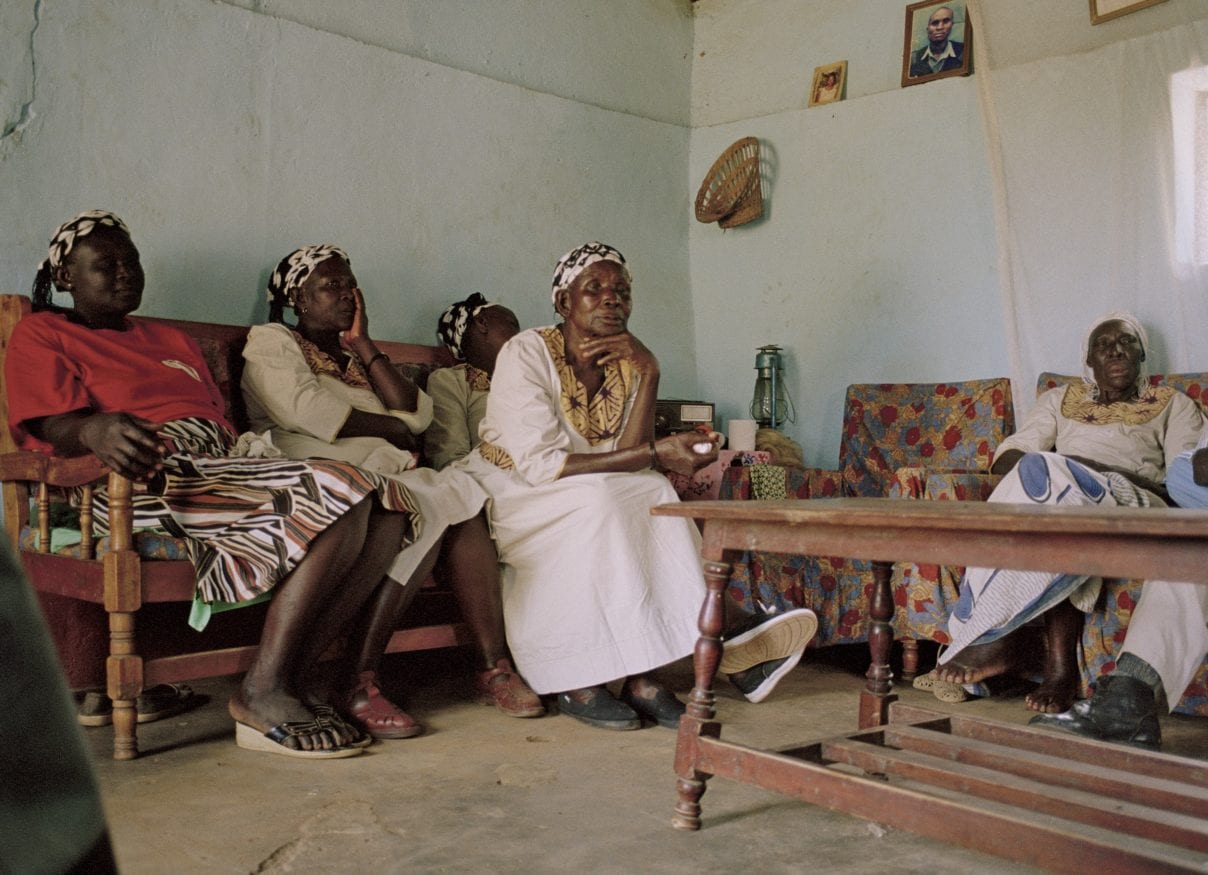
"I have the idea to slowly create an identity for TAL which will be beyond releasing records. As the range of music to be released is quite diverse, every release demands a different concept"
What brought you to set up your own label? Will the next releases also be focused on folk music?
After the two albums we did with Honest Jon’s we felt that it would be better for everybody involved if we accompanied the whole process from the recording to the distribution ourselves. Also, the idea to start my own label struck me quite a while ago. TAL will hopefully become a platform which is able to open spaces for collaborations on a number of levels.
I am a bit skeptical myself when people want to do too much at once but I have the idea to slowly create an identity for TAL which will be beyond releasing records. As the range of music to be released is quite diverse, every release demands a different concept.
The next few releases will be an EP with remix versions of Ogoya’s album. I am working on an album together with painter Katharina Grosse which consists of very abstract electronic pieces and I am in conversation with a fantastic band from Osaka to reissue their debut album from 1981.
One of the tracks ‘Nyiero’ is a minute-long sample of Joseph Oloo laughing. Are the artists’ voices the main ingredient of the album? What instruments are featured in it?
Difficult to say as in the music culture of the Luo there does not seem to be an obvious hierachy in terms of voices or instruments. Since we are working together with a singer like Ogoya Nengo, the human voice is certainly the main characteristic of the album.
Before we started recording ‘On Mande‘ the band clearly expressed the desire to use a variety of instruments. We heard a flute called Asili, Nyatiti a very popular string instrument, the Ohangla drum i.e. a drum that you play standing up and a Bunde which is a drum kit that consists of five or six drums.
The ladies play a lot of different types of shakers called Poko (pumpkin) or Peke (small and made of a wooden stick with some metal coins attached to it). There is an acoustic guitar played by John Pakruok which in Kenya is called “Box Guitar” because of its shape.
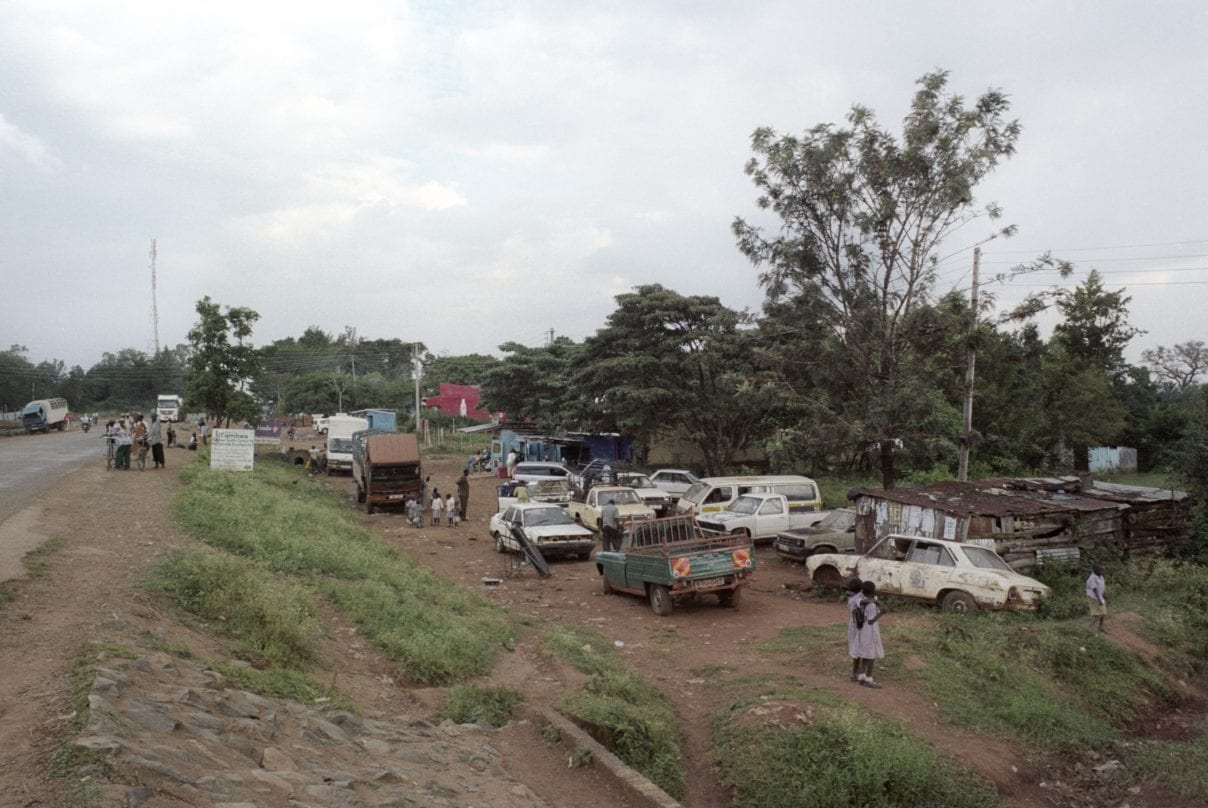
"We are just going for the music that excites us the most. We are not in Kenya to educate young people rather than to listen to the music of their grandparents"
After attending Ogoya & The Dodo Women’s Group concert in Berlin last month, one of the things that struck me most was the different way of handling the stage ; the enthusiasm of all the performers really kept the crowd fascinated. Do you think this is a special characteristic of this group or is it related to folk music and its cultural meaning?
After having recorded already with a number of groups from various regions in Kenya, I have to say that Ogoya Nengo and her group are truly outstanding. Amongst all those artists, no matter how brilliant they are, there was hardly anybody who you could imagine going on a tour through Europe.
It is also quite difficult for musicians from Kenya and especially from such remote regions to understand what European audiences like about their music and its presentation on stage.
Georg Odhiambo, who is a member of the group and also plays the role of tour manager in Europe, understood quite easily that audiences in Europe have a fundamentally different approach to African music in general than African people.
In Kenya hardly anybody is interested in that type of folk music which excites Sven and myself so much. For people in Nairobi it is just the music of the grandparents. Kenyan audiences like hip-hop and contemporary versions of Benga music, which used to be a massive pop music hype in the 80’s.
Sven once said: “Imagine two people from Tanzania traveling to northern Germany to record the songs of some retired fishermen”. As Sven and myself are musicians ourselves and not doing this as ethno-musicologists, we are just going for the music that excites us the most. We are not in Kenya to educate young people rather than to listen to the music of their grandparents.
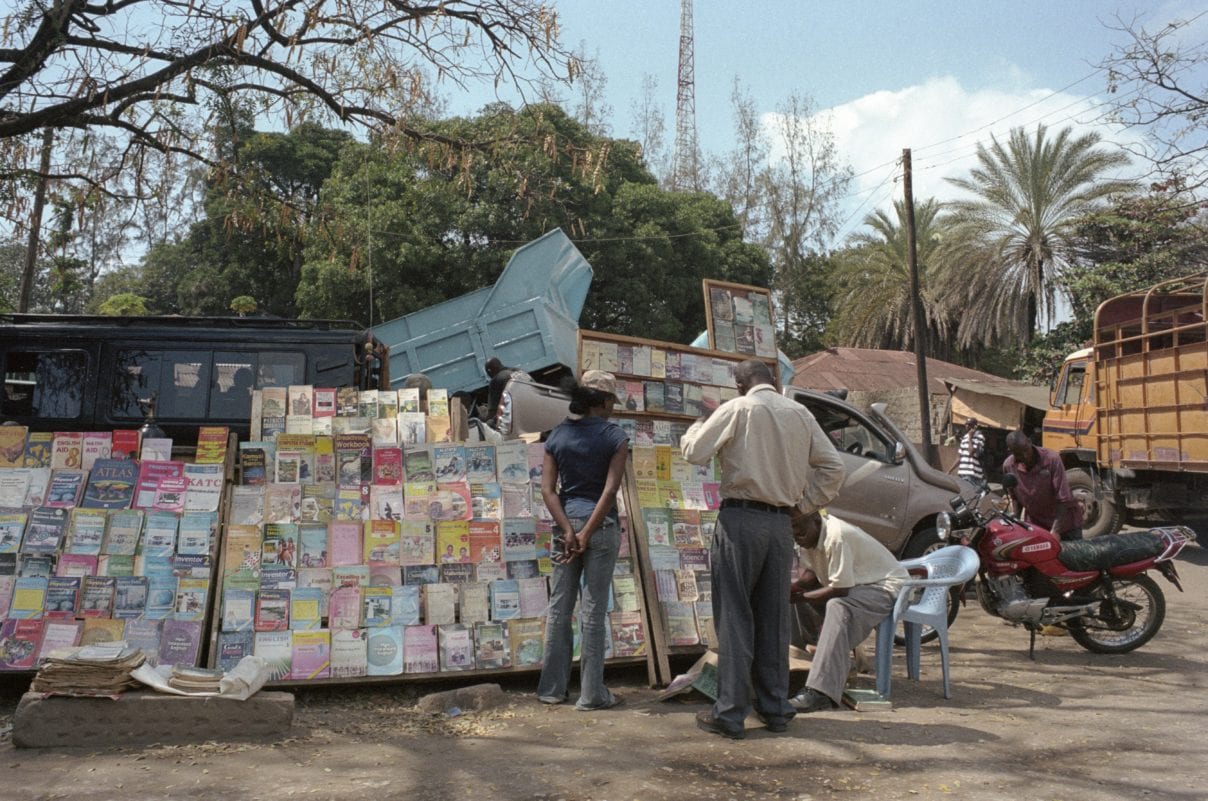
"I have studied with Professor Bernd Becher at the Art Academy in Düsseldorf. After I finished studying, I somehow went into electronic music - first with Kreidler, later on with To Rococo Rot"
I guess that spending so many months in Kenya must have been quite an adventure. Any anecdote?
There is a lot of humour during those recording sessions and we laugh a lot with Ogoya and her family. There are so many fantastic stories. In Malindi we recorded with a group of ten musicians and we occasionally asked for some duo or solo pieces.
Everybody in the band agreed and said it would be great to record solo pieces. Usually after a few seconds of a solo piece everybody in the group joined in and the solo piece became a ten piece again.
Everybody laughed as this seemed to be happening almost automatically. What we eventually did on the last day was to simply make individual appointments with the musicians. Some of those songs are featured on the record ‘Mukunguni‘.
I also have to thank you for the beautiful pictures, are you also a photographer?
Yes, I have a background in photography. I have studied with Professor Bernd Becher at the Art Academy in Düsseldorf. After I finished studying, I somehow went into electronic music – first with Kreidler, later on with To Rococo Rot, Hans-Joachim Roedelius and many others.
Only very recently I had my first photography shows since more than 20 years and it definitely was more enjoyable than back then.
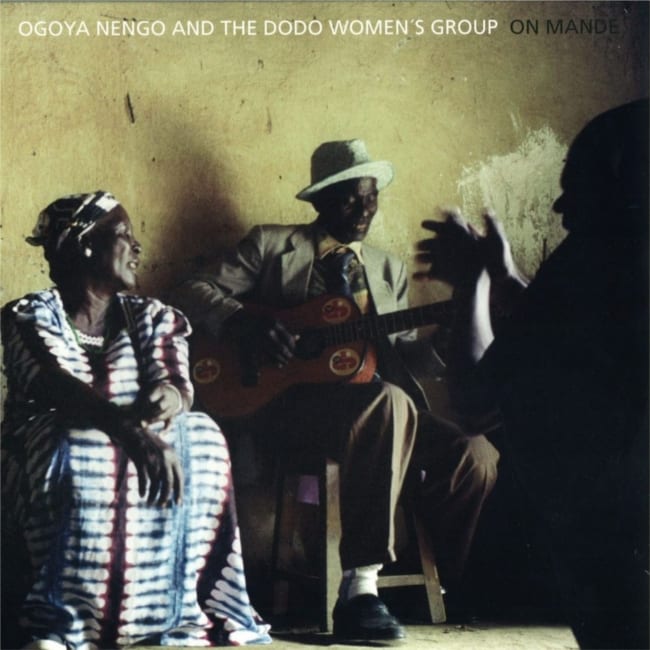
On Mande is released via TAL on 6th May 2016. Order your copy on Bandcamp.
TRACKLIST
1. Wololo Josiaya
2. Jawer Odonjo Engoma
3. Bunde Kod Asili
4. Owano Ojwang
5. Jawend Peke
6. Chur
7. Thoo Manonega
8. Nyiero
9. Bunde Ohangla
10. Wend Peke
11. Orutu Kod Asili
12. On Monday
13. Elias Owino
Discover more about Stefan Schneider and TAL on Inverted Audio.
Ogoya & The Dodo Women's GroupStefan SchneiderHonest Jon'sTALFolkTraditional